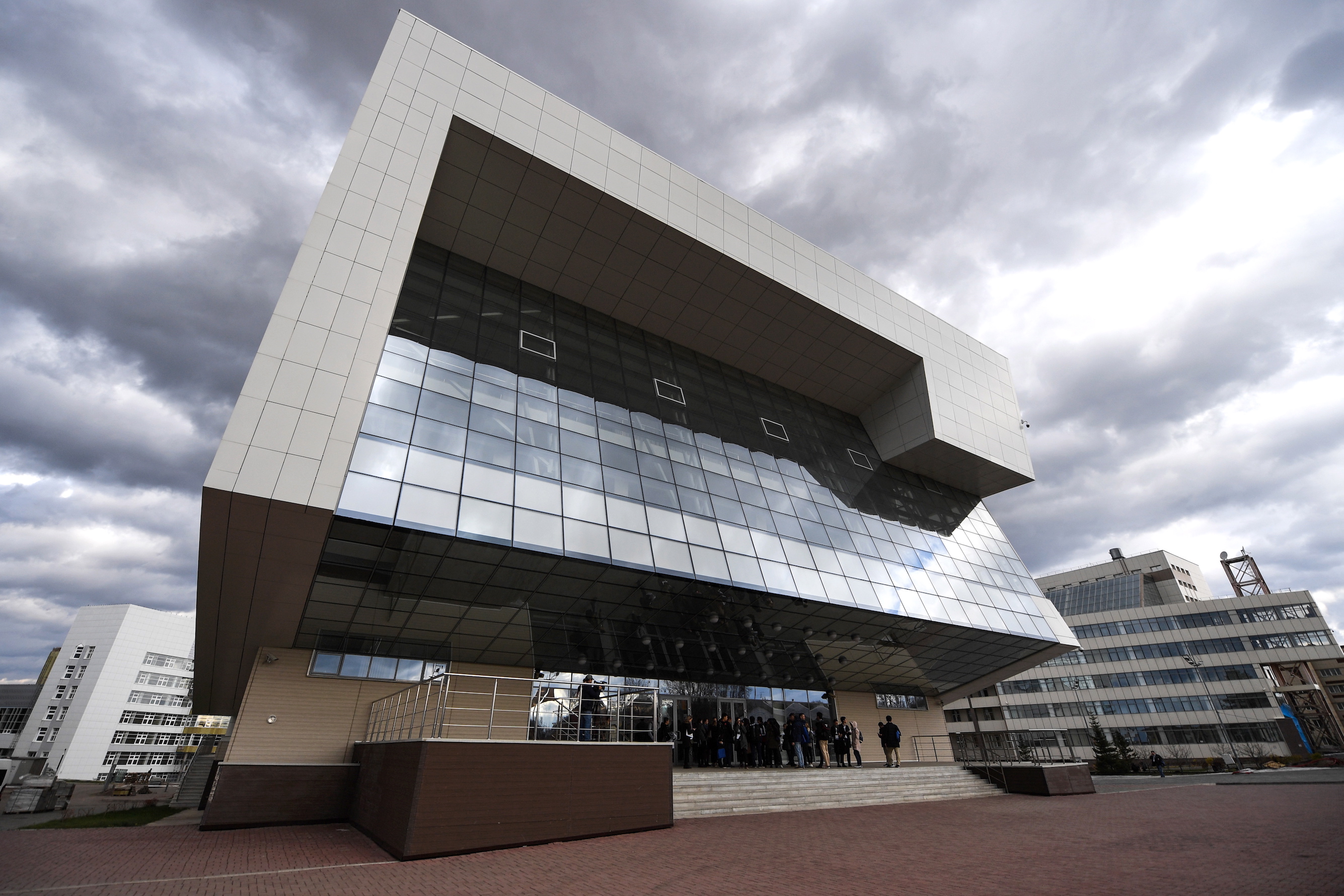ID :
571681
Wed, 07/22/2020 - 12:55
Auther :
Shortlink :
https://oananews.org//node/571681
The shortlink copeid
Russian scientists assess development of monotowns in terms of ecology

July 15. /TASS/. Scientists from Siberian Federal University (Krasnoyarsk) have perfected the method of complex analysis of the sustainable development of monotowns by taking into account the analysis of the level of depletion of natural resources and environmental situation, the press service of the university told TASS on Wednesday.
"Researchers from Siberian Federal University have created a new methodology for calculating true savings for municipalities using the example of one-industry towns in Siberia and the Far East. Scientists have also proposed a new classification of monotowns, which includes four clusters. It is assumed that the improved method for assessing true savings and a new classification will help regional and municipal authorities conduct a differentiated policy for sustainable development of monotowns. A more accurate analysis of the development of cities will increase the effectiveness of their support," the university's press service said.
The authors studied the financial statements of more than 100 city-forming enterprises in 89 cities of Siberia and the Far East, as well as reports on the state of the environment in said regions. They suggested expanding the list of environmental factors taken into account in the analysis for more accurate calculation of an important criterion for assessing the sustainable areas' development — an indicator of true savings. It includes not only an assessment of economic growth data, but also such factors as the depletion of natural resources, as well as environmental stress.
“When speaking about the gross emissions of enterprises as an element of the environmental pressure, we, unfortunately, can only give an assessment of those that are recorded in the Kyoto Protocol. In fact, only for substances usually combined by the concept of "greenhouse gases", there is such an assessment. "Thus we have to equate absolutely all emissions with carbon dioxide, thus underestimating the true estimate of environmental damage. If it would be possible to give a cost estimate of the damage from emissions of benzpyrene, formaldehyde and so on, we would get even more impressive results," Yulia Pyzheva, the study's author and a senior researcher at the research laboratory of the Natural Resources and Environment Economics of SFU was quoted as saying by the university’s press service.
The new classification
According to the classification of one-industry towns approved by the government, they are divided into three categories — depending on the degree of complexity of the socio-economic situation and the risks of its worsening. The authors propose to divide monotowns by the indicator of true savings, the industry of the city-forming enterprise and the population.
"The first group should include cities where city-forming enterprises do not cause significant environmental damage - they produce food products, serve rail or water transport, etc. The second group includes towns with enterprises in the metallurgical, chemical, machinery and wood industries," the university's press service told TASS.
The third group, according to the new approach, included single-industry towns tied to mineral deposits, and the fourth group proposes to include “dying out” settlements with high unemployment, trying to survive after the final development of natural resources and the closure of a city-forming enterprise.
“It is obvious that the sustainable development of any territory can be achieved only by investing in restoring its assimilation potential. We would like for the new approach to the classification of one-industry towns proposed in this study to become successful among regional and municipal authorities. This will contribute to the formation of a differentiated and more effective policy of sustainable development of monotowns," the press service of the Siberian Federal University quotes the author of the study.
The results are published in the journal Siberian Federal University. Humanities and Social Sciences.
Read more





